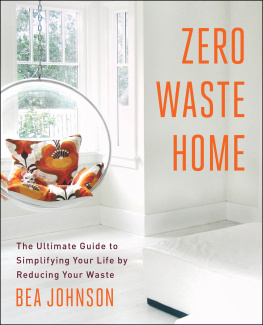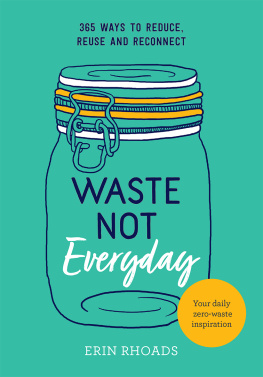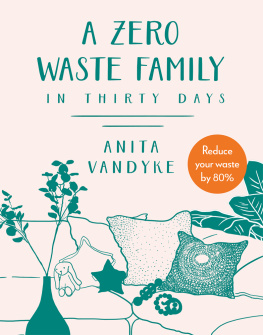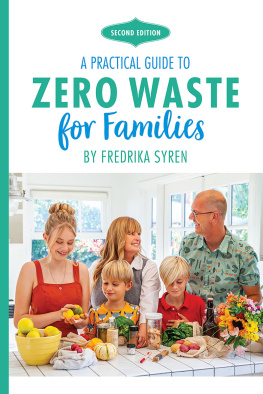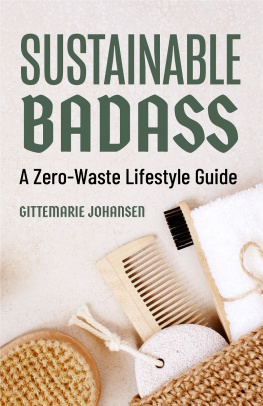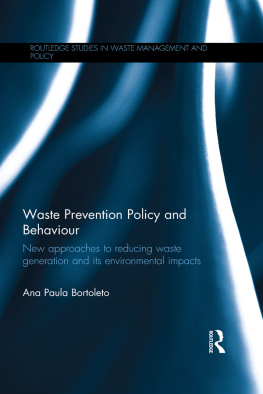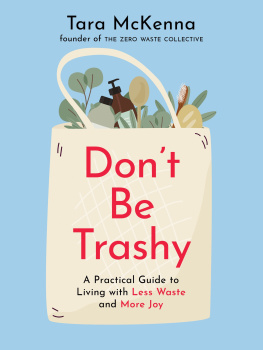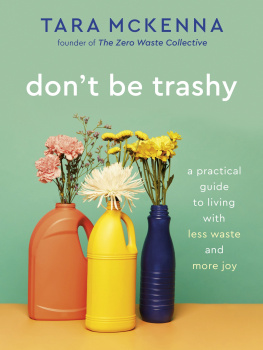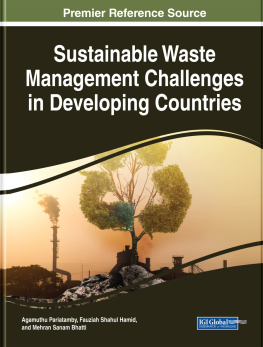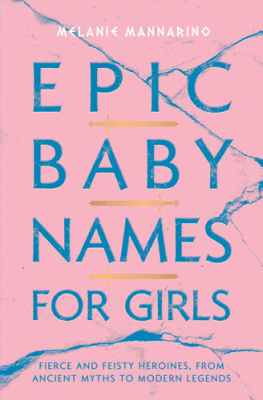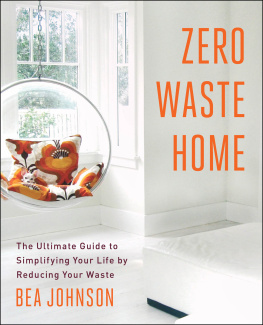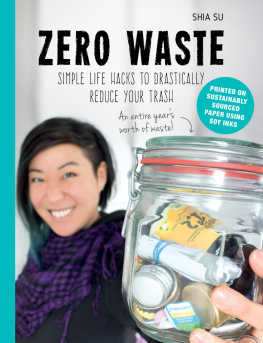Thank you for downloading this Scribner eBook.
Join our mailing list and get updates on new releases, deals, bonus content and other great books from Scribner and Simon & Schuster.
C LICK H ERE T O S IGN U P
or visit us online to sign up at
eBookNews.SimonandSchuster.com
Contents
To Max and Lo
This publication contains the opinions and ideas of its author. It is intended to provide helpful and informative material on the subjects addressed in the publication. It is sold with the understanding that the author and publisher are not engaged in rendering medical, health, or any other kind of personal professional services in the book. The reader should consult his or her medical, health, or other competent professional before adopting any of the suggestions in this book or drawing inferences from it.
The author and publisher specifically disclaim all responsibility for any liability, loss, or risk, personal or otherwise, which is incurred as a consequence, directly or indirectly, of the use and application of any of the contents in this book.
Introduction
Not so long ago, things were different: I owned a three-thousand-square-foot home, two cars, four tables, and twenty-six chairs. I filled a sixty-four-gallon can of trash weekly.
Today, the less I own, the richer I feel. And I dont have to take out the trash!
It all changed a few years ago. The big house did not burn down, nor did I become a Buddhist monk.
Here is my story.
I grew up in the Provence region of France, in a cookie-cutter home on a cul-de-sac: a far cry from my fathers childhood on a small farm, or my mothers upbringing on a French military base in Germany. But my dad was dedicated to making the most of his suburban tract of land. In the warm months, he would spend all his free time working the garden, true to his farming roots, laboring over growing veggies and quenching the soil with his sweat. In the winter, his attention would move to the garage, where drawers full of screws, bolts, and parts lined the walls. Deconstructing, repairing, and reusing were his hobbies. He was (and still is) the kind of person who does not hesitate to stop on the side of the road after spotting a discarded vacuum cleaner, radio, television, or washing machine. If the item looks repairable to him, he throws it in the back of his car, brings it home, takes it apart, puts it back together, and somehow makes it work. He can even repair burned-out lightbulbs! My dad is talented, but his abilities are not unusual for the region. People in the French countryside possess a certain kind of craftiness that allows them to extend the life of their belongings. When I was a child, my dad took the drum out of an old washing machine and turned it into a snail trap, for example, and I remember using the washers empty shell as a (rather tiny and hot) playhouse.
Through my young eyes, my home was a modern version of Little House on the Prairie, a TV series I watched religiously in reruns as a kid. Though we lived in the suburbs, and my two brothers and I were not as helpful as the Ingalls brood (my older brother even had a phobia of the dish sponge), my dad was the handy type and my mom the accomplished homemaker on a tight budget. She prepared three-course meals for lunch and dinner. Just like Laura Ingallss mom, my moms week was organized around church, cooking, baking, cleaning, ironing, sewing, knitting, and seasonal canning. On Thursdays, she scouted the farmers market for deals on fabric and yarn. After school, I would help her mark sewing patterns and watch her turn cloth into elaborate garments. In my bedroom, I emulated her ways and created clothes for my two Barbie dolls out of old nylons and gauze (the latter came from my parents visits to the blood bank.) At twelve, I sewed my first outfit, and at thirteen, knitted my first sweater.
Apart from the occasional fraternal fights, we had what seemed a happy family life. But what my brothers and I hadnt perceived were the deep rifts between my parents that would ultimately turn their marriage into a sad divorce battle. At eighteen, ready to take a break from psychological and financial hardship, I set off to California for a yearlong au pair contract. Little did I know then that during that year I would fall in love with the man of my dreams, the man I would later marry, Scott. He was not the surfer type whom young French girls fantasize about, but he was a compassionate person who provided me with much-needed emotional stability. We traveled the world together and lived abroad, but when I became pregnant, my yearnings to try the American soccer-mom lifestyle (as seen on TV) brought us back to the United States.
MY AMERICAN DREAM: PLEASANT HILL
Our sons, Max and, soon after, Lo, were born into the trappings of my American dream: a three-thousand-square-foot contemporary home, on a cul-de-sac, complete with high ceilings, family and living rooms, walk-in closets, a three-car garage, and a koi fishpond in Pleasant Hill, a remote suburb of San Francisco. We owned an SUV, a huge television, and a dog. We stocked two large refrigerators and filled an industrial-size washing machine and dryer several times a week. Thats not to say that clutter ever crammed our house or that I bought everything new. The thriftiness that I inherited from my parents led me to shop thrift stores for clothes, toys, and furnishings. Nevertheless, on the side of the house, an oversize garbage can collected leftover house paint and mountains of weekly refuse. And yet we felt good about our environmental footprint because we recycled.
Over the course of seven years, Scott climbed the corporate ladder, making a very comfortable living that covered semiannual international vacations, lavish parties, a rich diet of expensive meats, membership to a private pool, weekly shopping trips at Target, and shelves of things you use only once and then throw away. We had no financial worries, as life rolled by effortlessly and afforded my Barbie-like platinum-blond hair, artificial tan, injected lips, and Botoxed forehead. Id even experimented with hair extensions, acrylic nails, and European wraps (rolls of Saran wrap tightly wound around my body while I rode a stationary bike). We were healthy and had great friends. We seemed to have it all.
Yet things were not quite right. I was thirty-two, and deep down I was terrified at the thought that my life had settled and set. Our life had become sedentary. In our bedroom community, with large avenues and strip malls, we spent too much time in the car and not enough on foot. Scott and I missed the active life and roaming the streets of the capitals we had lived in abroad. We missed walking to cafs and bakeries.
A MOVE TOWARD SIMPLICITY
We decided to relocate across the bay to Mill Valley, a village boasting an active European-style downtown; we sold our house, moved into a temporary apartment with just the necessities, and stored the rest, with the mind-set that we would eventually find a home to accommodate my Moorish decorating style and a whole lot of matching furnishings.
What we found during this transitional period is that with less stuff, we had time to do things we enjoyed doing. Since we no longer spent every weekend mowing our lawn and caring for our huge house and its contents, we now spent our time together as a family, biking, hiking, picnicking, and discovering our new coastal region. It was liberating. Scott finally understood the truth behind his fathers words: I wish that I didnt spend so much time caring for my lawn. As I reflected on the numerous dining sets I had acquired to furnish the kitchen nook, the dining room, and the two backyard patios in our old home, I also recalled a remark made by my good friend Eric: How many sitting areas does one home need?
Next page
